The Sinister Reason Behind Marijuana’s Schedule 1 Rating
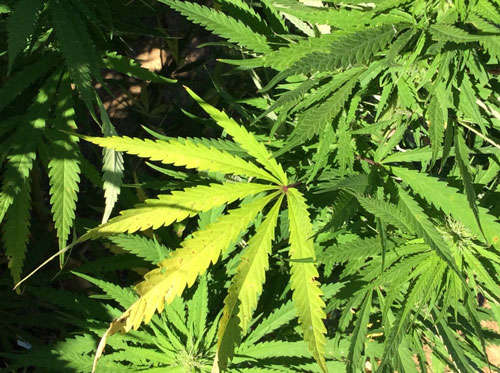
Weed, pot, reefer, grass, dope, Mary Jane, or whatever you want to call it, marijuana has a bad reputation. In recent years, recreational use of marijuana has been slowly growing and gaining support across the nation as more and more Americans are coming around to the idea of personal marijuana consumption. From a survey conducted in 2019, approximately 12% of American adults claim they smoke marijuana regularly, with support for federally legalized marijuana reaching an all-time high of 68%. So, it seems the future of marijuana use is budding, but what are its side effects, what is the DEA drug scheduling system and why is marijuana a schedule 1 drug alongside heroin and meth?
Marijuana can be consumed in a variety of ways. It can be smoked, as I’m sure you can visualize in many different media portraying hippy-culture of the late 60s and early 70s. Cheech and Chong come to mind.
It can be ingested from THC infused foods. It can be eaten outright. Its oils can be smoked. In short, marijuana has a lot of different techniques you can apply to achieve a “stoned” state. The chemical that gets the job done would be, as previously mentioned, THC, or tetrahydrocannabinol. Other calming chemicals, like CBD, that are found in marijuana have been legalized throughout the US and have found widespread use and support while the scary chemical, or the one that all paranoid parents fear will melt their child’s brain, would be THC. THC disrupts functioning of the cerebellum and basal ganglia, brain areas that regulate balance, posture coordination, and reaction time. Increased hunger and impaired thinking are common with marijuana use. Prolonged marijuana use has been linked to subtle memory loss and younger-use of the drug has been shown to stunt brain growth linked to rational decision making. Addiction isn’t common, but does happen (taken from drugabuse.gov). This information, aside from some unimportant facts, is about the extent we have of the side effects of marijuana since testing on the substance for scientific advancement has been largely thwarted by its Schedule 1 ranking federally thanks to…
The DEA, or the Drug Enforcement Administration, has classified most drugs into a Schedule ranking from 5 to 1, with 5 being the least dangerous and detrimental to 1 being the most. For reference, cough medicines and antidiarrheal medicines fall under Schedule 5, ketamine and Tylenol mixed with codeine fall under Schedule 3, fentanyl, Adderall, cocaine, and meth fall under Schedule 2, and marijuana falls under Schedule 1 alongside heroin, LSD, and ecstasy. For FURTHER reference, here is a picture of a lethal dose of heroin next to a lethal dose of fentanyl, a Schedule 2 drug.
Keep in mind that not a single person in history has died from a lethal overdose of marijuana alone, and is still a Schedule 1 drug. The reasoning and justification behind this classification is incredibly broad at best: “Schedule I drugs, substances, or chemicals are defined as drugs with no currently accepted medical use and a high potential for abuse,” (taken from dea.gov). From what we know, marijuana addiction is fairly uncommon and the lack of medical use is caused by its scheduling, so what is the real reason behind its harsh classification under the DEA and, subsequently, federally?
The War on Drugs started with Richard Nixon, a fan favorite, declaring that drugs and drug abuse is one of the most prevalent troubles of our times. So what should we do about it? Declare war on it, of course. He set up the DEA to replace the Bureau of Narcotics and Dangerous Drugs, and with that came the scheduling system. During Richard Nixon’s time in office, he had a lot of rivals. Of them, African Americans and “hippies”. Here is an excerpt from History.com explaining how the War on Drugs, more than likely, had ulterior motives:
During a 1994 interview, President Nixon’s domestic policy chief, John Ehrlichman, provided inside information suggesting that the War on Drugs campaign had ulterior motives, which mainly involved helping Nixon keep his job.
In the interview, conducted by journalist Dan Baum and published in Harper magazine, Ehrlichman explained that the Nixon campaign had two enemies: “the antiwar left and black people.” His comments led many to question Nixon’s intentions in advocating for drug reform and whether racism played a role. Ehrlichman was quoted as saying: “We knew we couldn’t make it illegal to be either against the war or black, but by getting the public to associate the hippies with marijuana and blacks with heroin, and then criminalizing both heavily, we could disrupt those communities. We could arrest their leaders, raid their homes, break up their meetings, and vilify them night after night on the evening news. Did we know we were lying about the drugs? Of course, we did.”
If the War on Drugs began to silence and imprison political enemies of the president, how could the DEA and the drug scheduling system possibly be in the right? Marijuana, to this day, is federally illegal and classified as one of the most dangerous drugs on the planet according to the DEA, above cocaine and meth, and on the same playing field as heroin. Alcohol isn’t even scheduled, and I could easily argue that prolonged alcohol abuse has substantially worse effects and is far more dangerous than prolonged marijuana abuse. I wish there were a way to erase the racially and politically charged stigma around marijuana, but without the government’s approval, no progress can be made. With more states deciding to legalize marijuana for medical and recreational purposes, perhaps we are getting closer to full federal legalization of pot. For now, it is a distant reality, so we can only hope for a hemp-safe future.

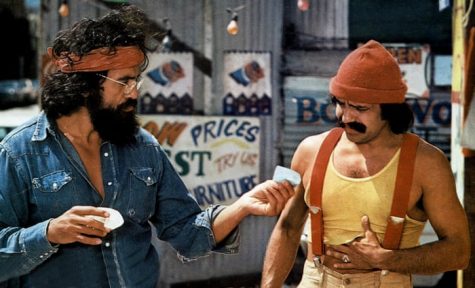
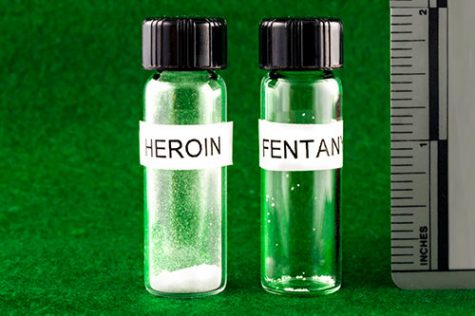
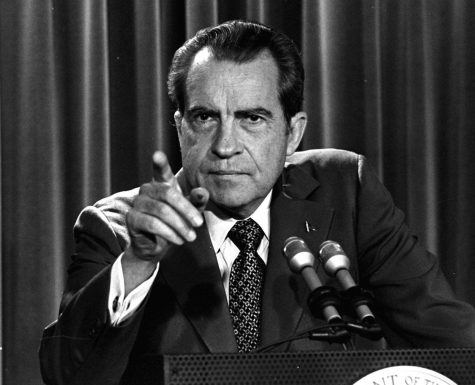



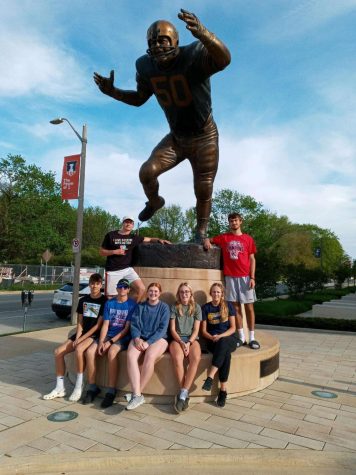
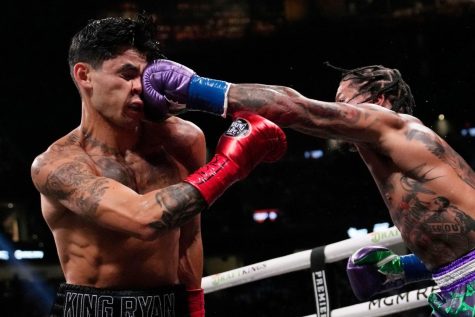
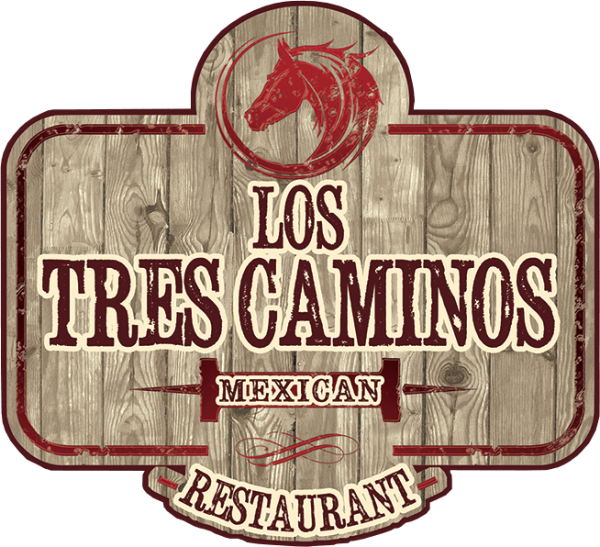



MIa Bowlin • May 19, 2021 at 9:55 am
I think this is a great article is one of the best ones i’ve read yet. I may be young, but the statements you included was wonderful. Good Job!.
Rochelle Pense • Apr 12, 2021 at 1:28 pm
Fantastic article! I liked how you broke down the scheduling system as well as breaking down President Nixons motives behind the DEA. I fully agree with you on erasing the stigma surrounding marijuana. My younger sister takes Adderall which is far more subject to being abused than marijuana. I really enjoyed reading this article.
Faith Abbott • Mar 15, 2021 at 9:50 am
The way you presented the information with support from well known and trusted sources as well as broke it down into an every day conversation type way made the point clear: marijuana should be far from a Schedule 1 drug. Personally I don’t have an opinion on this topic, but your informations makes it clear that weed should be legal for medical and recreational purposes. This was a really good article, good job.